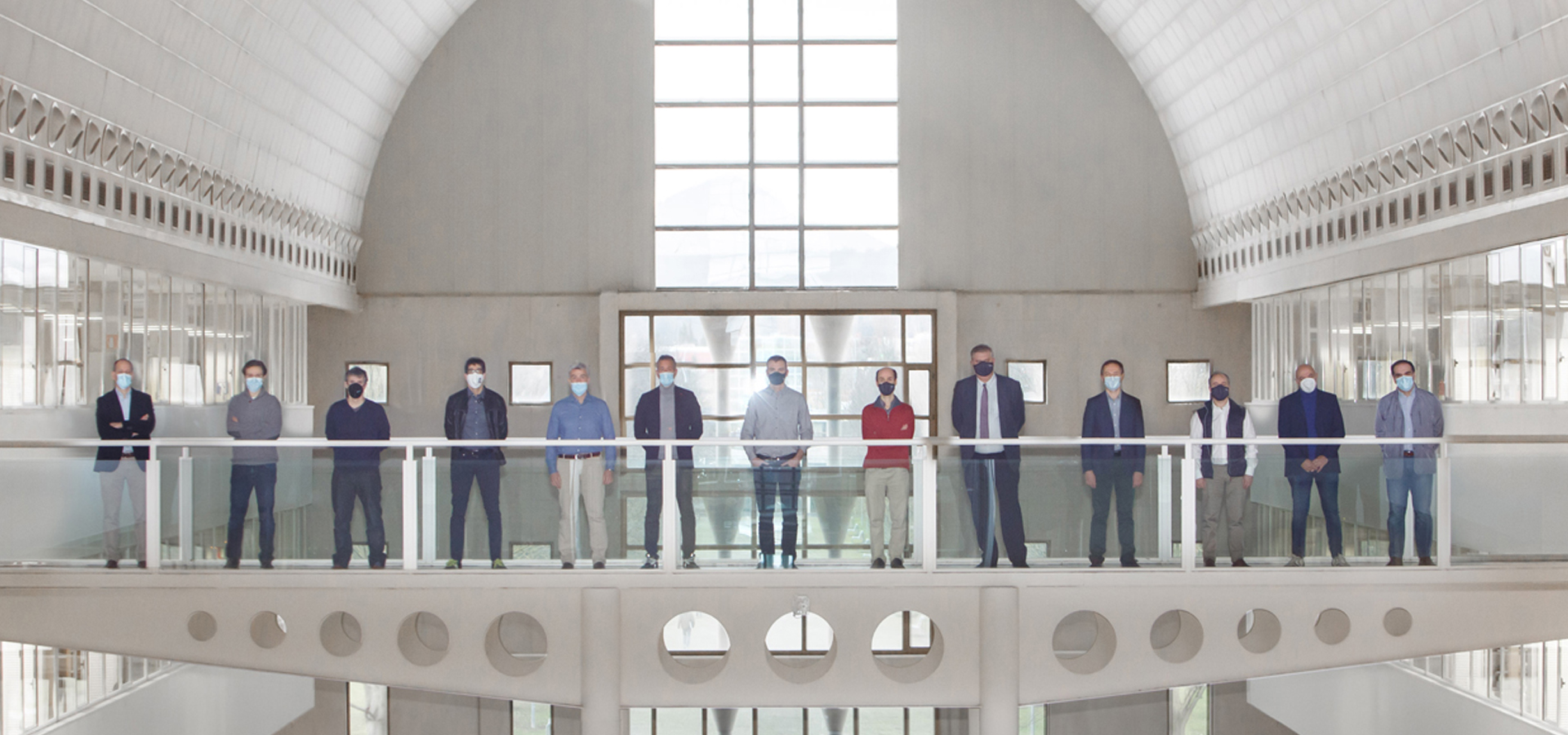
Navarrabiomed-UPNA researchers Mikel Izquierdo, Humberto Bustince, Miguel Beruete and Iñigo Lasa among top 2% of most frequently cited scientists worldwide
- This ranking takes into consideration scientific production and the number of times a scientist’s research has been cited, among other factors
A study from Stanford University (USA) includes fifteen researchers from the Universidad Pública de Navarra (UPNA) on its list of the top 2% of active scientists, who number almost 7 million. The ranking, published in the journal PLOS Biology, uses the information in the Scopus database to evaluate scientists based on the impact of their citations.
The Stanford University study includes two rankings: one reflecting the position of researchers based on the impact of their citations throughout their research career (until the end of 2019) and one for the impact of citations in 2019 alone. The first ranking, which covers a scientist’s entire career, includes 15 UPNA researchers. The second, covering only activity in 2019, features a total of 25 UPNA researchers.
The fifteen UPNA scholars and their knowledge areas are as follows, in alphabetical order: Francisco Javier Arregui San Martín (Electronic Technology), Miguel Beruete Díaz (Signal Theory and Communications), Humberto Bustince Sola (Computer Science and Artificial Intelligence), Alfonso Carlosena García (Signal Theory and Communications), Federico J. Castillo Martínez (Ecology), Ignacio Del Villar Fernández (Electronic Technology), Francisco Falcone Lanas (Signal Theory and Communications), Andoni Gil Bravo, (Chemical Engineering), Mikel Izquierdo Redín (Physiotherapy), Iñigo Lasa Uzcudun, (Microbiology), Alayn Loayssa Lasa (Electronic Technology), Manuel López-Amo Sainz (Electronic Technology), Antonio López Martín (Signal Theory and Communications), Carmelo Luis Pérez (Manufacturing Process Engineering), and Pablo Sanchis Gúrpide (Electrical Engineering).
The ranking for 2019 activity features 12 more UPNA researchers, in addition to those listed above: José Antonio Aguilera Andonaga (Applied Physics), Carlos Aragón Garbizu (Applied Physics), Juan Antonio Blanco Vaca (Ecology), Roberto Ezcurra Orayen (Applied Economics), Mikel Galar Idoate (Computer Science and Artificial Intelligence), Antonio García-Hermoso (Physical Education), Iñigo Liberal Olleta (Signal Theory and Communications), Jesús López Taberna (Electrical Engineering), Luis Marroyo Palomo (Electrical Engineering), Asier Marzo Pérez (Computer Languages and IT Systems), Robinson Ramírez Velez (Physiotherapy), and Alfredo Ursua Rubio (Electrical Engineering).
